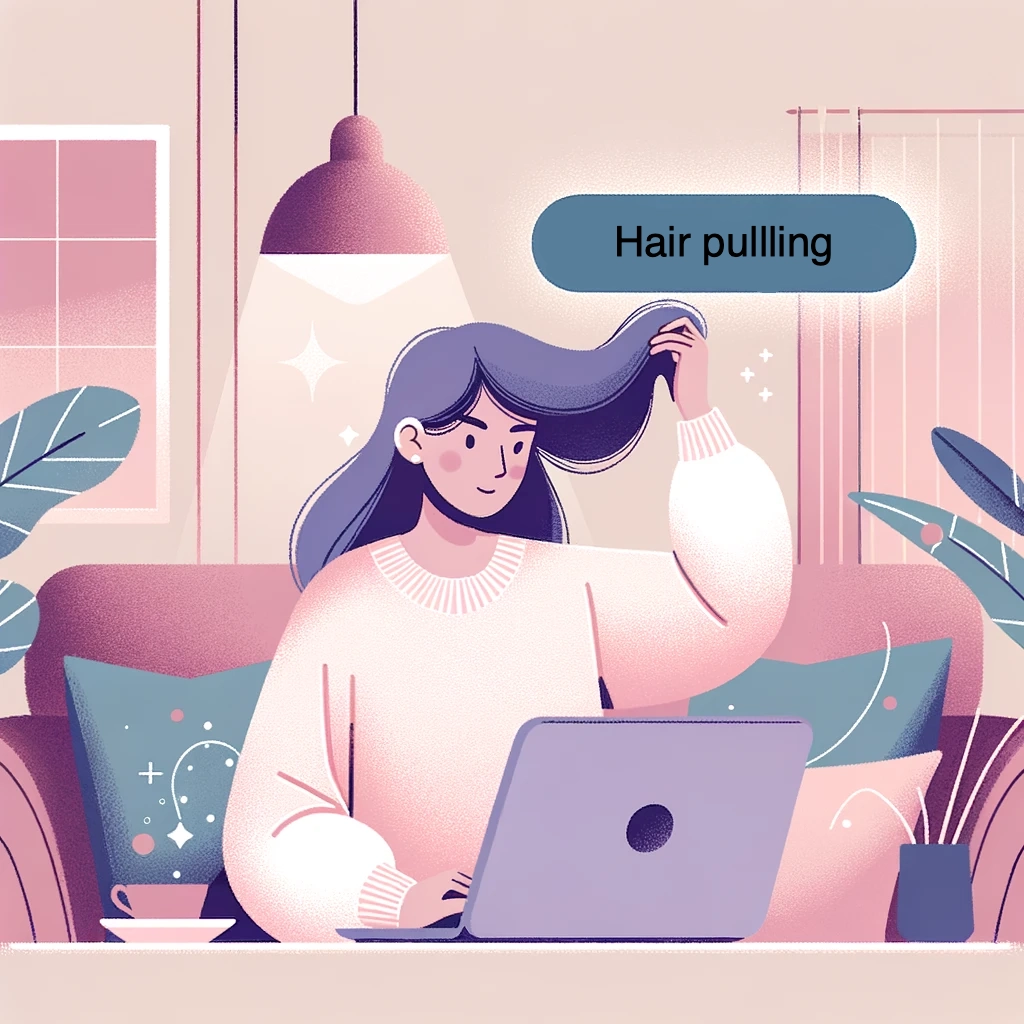You're the sort of person who wants to know the details
First things first, why did we make this calculator?
Experience and research shows that pulling and otherwise touching your facial hair isn't good for it.
Here's why.
This calculator is meant to make it easier for people to understand if they have an issue.
How do you measure the touches?
Dulcet's AI vigilantly observes via camera, counting each time it sees the target behaviour. This is the number you see under "Facial hair touches".
We use the same technology in our main product - Dulcet App.
How do you get "Touches per day"?
At the end of the assessment, we add up the total number of touches you did and extrapolate it over the 16 waking hours linearly.
Of course, this method isn't perfect as you may pull more or less than normally. We still believe it gives a representative measure.
(FYI: we substract two touches to account for the likely testing at the start of the assessment).
How do you calculate "Hairs lost per day"?
The calculation is simple. Published information shows that humans lose about around 75 of 100,000 hairs on their scalp per day, giving a chance of 0.00075 per hair per day.
There is around 30,000 facial hairs on a human face and from there we get 15 - 30 lost facial hairs daily.
This data is further coroborated by other well-known facial hair publications
and individuals' research.
But you're not average and we know that touching your facial hair more may increase this.
To get your measurement, we take the ratio of your daily facial hair touches to the average person's, and multiply it by the average daily lost hairs.
This is an estimate and your reality may be different, espcially if you have more or less hair.
It may also change significantly over time and seasonally.
What goes into our score and assessment?
The score is effectively a shorthand of you comparison to the average. The idea is for it to give you a quick sense of where you're at.
You'll get an A if you're less than half of average and an F if you're more than double the average. The rest of the scores come somewhere in-between. (A < 0.5x; B < 0.8x; C < 1.2x; D < 1.6x; E < 2x; F > 2x)
But please don't be discouraged! It could have been an off measurement and even if it wasn't - you can always improve. There are many options
available to lower your beard touching and one of them is Dulcet. We use the same AI as used in this test to detect your behaviour and alert you to it. Even better,
there are replacement behaviours we'll suggest to you.
